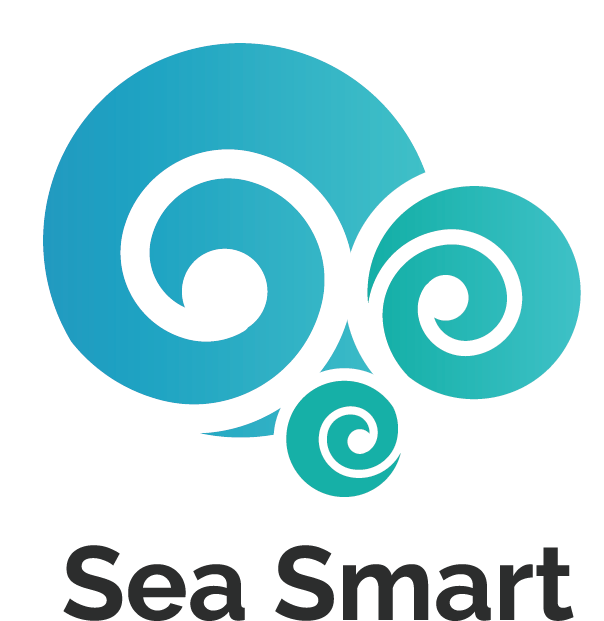The Great Divide
Lake O’Hara, near Field, BC. The Mountains behind the lake lie along the Alberta/British Columbia border, and create part of the Great Divide. Photo by Fiona Spitzig.Every day, one Canadian uses about 250 litres of water. You can probably think of many ways you use water, including drinking, bathing, and cleaning, but do you know where this water comes from?
Just over 600 kilometers East of Vancouver, there is an important geographical feature. If you were keen, you could stand with one foot in water that flows to the Pacific Ocean, and the other foot in water that flows to the Atlantic or Arctic Oceans. This is the Continental Divide of The Americas, or less formally, the Great Divide. It is at the Great Divide that the oceanic fate of every snowflake and raindrop is decided, and where the water we interact with every day, begins its journey.
The Great Divide runs along the peaks and ridges of the main range of the Rocky Mountains in Canada, and continues South, dividing all of North America into east-flowing and west-flowing water. In British Columbia, rivers are born from melting glaciers high in the mountains. As they flow westward, they collect snow and rain. Small creeks and streams merge to form great rivers, like the Fraser River or Columbia River.
Not all the water in a river makes it to the ocean, though. Humans tend to live near rivers because, like all plants and animals, we need water to survive. Modern infrastructure allows us to treat and use river water to fill our water bottles, bathtubs, swimming pools, and kitchen sinks. This is just a pit stop for some of the water, which will be used, treated, and returned to rivers to continue the journey west. Some water, like what we use to water gardens and crops, will eventually evaporate and fall as snow or rain, starting the cycle again.
How we treat this water as it flows from the Rocky Mountains to the Pacific Ocean can have a significant impact on the ocean and rivers, and on all the plants, animals, and other organisms that live in or use water (which is all of them, including us!)
As water passes through the areas we inhabit, it picks up runoff from homes, agriculture, industry, and storm sewers. It can collect chemicals, garbage, and nutrients in dangerous amounts. These pollutants can remain in the water and impact everything downstream, eventually ending up in the ocean.
It is up to each and every one of us to be champions for the water that flows across BC. By making conscious decisions about what flows down our drains, and being mindful of where and how we dispose of our trash, we can help to keep our water clean and save the ocean.
Resources:
Recycling Council of British Columbia’s Toxic Toolkit can help you to determine proper and safe disposal methods for household toxins
The Oceanic Society has 7 tips for reducing plastic pollution. Learn more about the negative effects of nutrients in our water from the Shuswap Watershed Council
Host or join a shoreline cleanup with the Great Canadian Shoreline Cleanup


